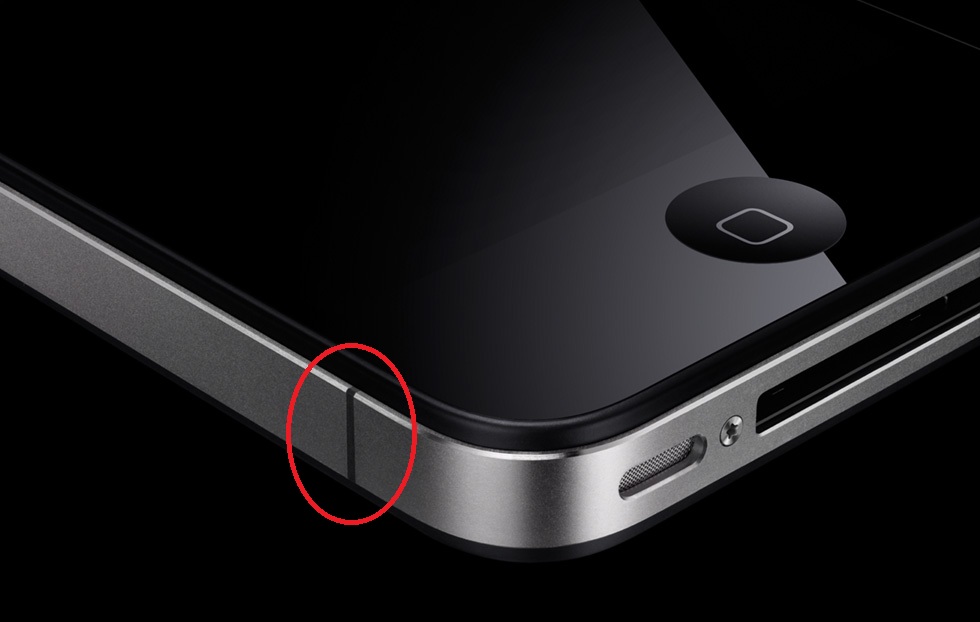
This year’s World Wide Developers Conference in San Fransisco *officially* introduced the world to the next super phone from Apple dubbed iPhone 4. Want all the details from the Steve Jobs hosted keynote? Read on.
Jobs ignited the introduction of the next phone with this choice quote: “It’s the biggest leap since the original iPhone.” It packs over 100 new features, but per usual, Jobs offers a glimpse into arguably the nine most exciting new features.
(1) All new design
Jobs compares iPhone 4’s design to a “beautiful old Leica camera.” The phone features a glass surface front and back for optical quality & scratch resistance (plus it’s 30x harder than plastic) and a stainless steel band around the perimeter for strength and antenna integration (plus it provides for extraordinary build quality). The band is “the primary structural element of the phone.” It’s used as part of the phone’s antenna system. Jobs says this is all part of “brilliant engineering.” There are three slits in the band; one piece is for Bluetooth, Wi-Fi, and GPS, and the other piece for UMTS & GSM. Now here’s what buttons and levers you’ll find on the phone. Left side: volume +, volume -, mute; Right side: micro SIM tray; Front: home button, receiver, front-facing camera; Back: camera w/ LED flash; Top: 3.5mm headset jack, second mic for noise cancellation, sleep/wake button; Bottom: mic, 30-pin connector, speaker. iPhone 4 is just 9.3mm thick, that’s 24% thinner than iPhone 3GS. Jobs is happy to say “it is the thinnest smartphone on the planet.”
(2) Retina display
That’s the name for Apple’s latest display technology. iPhone 4’s display contains packs four times the number of pixels into the same 3.5-inch screen found on older iPhone models. At 326 pixels per inch, Jobs claims that 300ppi is the limit of the human retina and so iPhone 4’s display is “comfortably over that limit.” This results in incredibly sharp and precise text, images, and video. Jobs compares it to how text looks in a fine-printed book. He also throws out this stat: “the retina display has got 78% of the pixels on the iPad, right in the palm of your hand.”
iPhone OS 4 (renamed iOS 4) makes it so that your apps automatically run full size on the retina display. Apps will look even better on an iOS 4 device because the software automatically renders text and controls in the higher resolution. So in other words, developers do not have to do any work on their apps to make them look better for the new display. However, Jobs points out, if devs choose to open up the hood of their apps and add higher resolution artwork “then they will look stunning.”
Here’s some hard specs for you. iPhone 4 features a 3.5 inch display, 940 x 640 resolution (4x more than iPhone 3GS), 800:1 contrast ratio (4x more than 3GS), and IPS technology for “superb color and wide viewing angle.” Jobs: “The display is your window into the Internet, into your apps, into your media, into your software. .. We’ve got something here that’s the best window in the planet.”
Continue reading WWDC ’10: All about iPhone 4 →




















